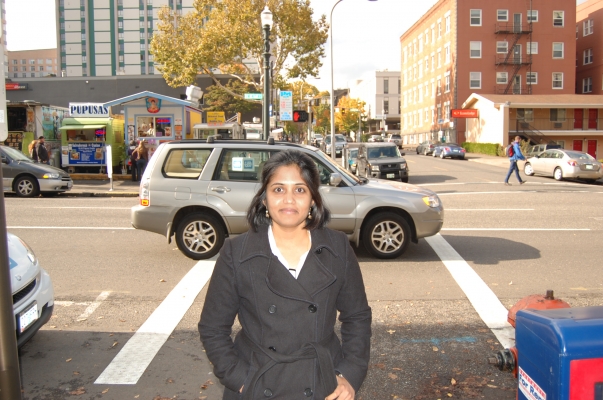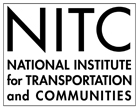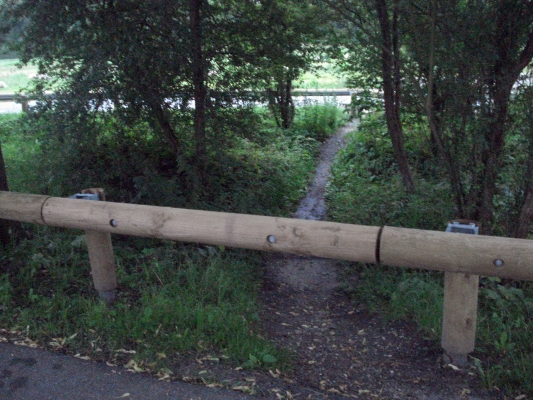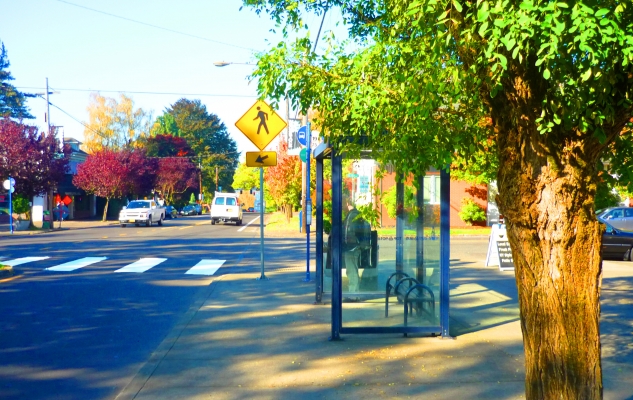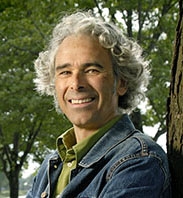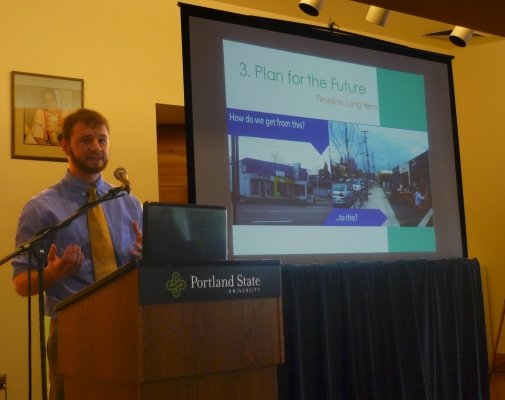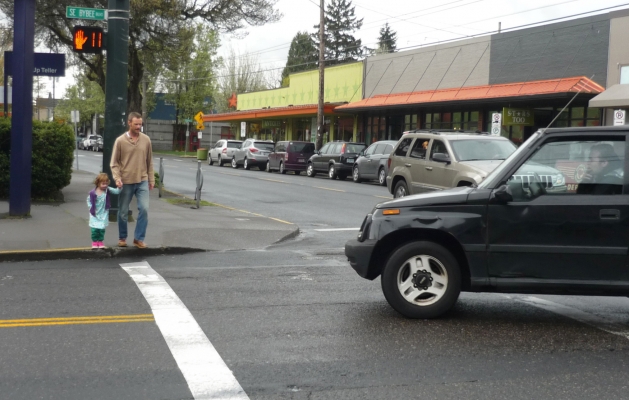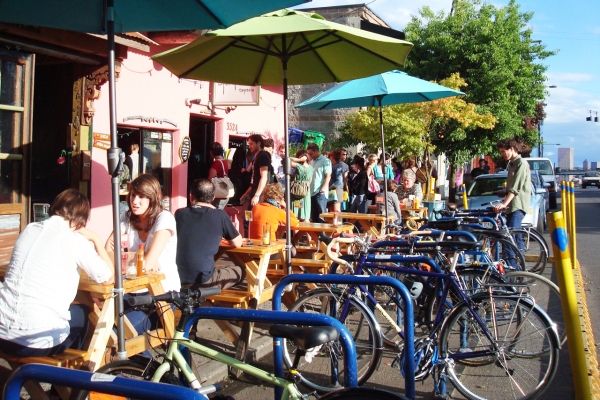Note: In advance of the Transportation Research Board's annual meeting, the biggest forum on the transportation research calendar, OTREC.us is profiling some of the researchers who will present their work.
How long is too long to wait for the light to change? At stoplights, pedestrians often experience longer delays while cars are given priority.
To design traffic signals that serve the needs of walkers, planners must understand the motivations behind pedestrian behaviors.
Working with professors Kelly Clifton and Christopher Monsere, Sirisha Kothuri of Portland State University created a survey designed to shed some light on what makes pedestrians decide to follow, or not follow, traffic laws.
To collect data, Kothuri and a team of graduate students armed with an 11-question survey posted themselves at four different intersections in northeast Portland, Ore.
Two of the intersections had recall signals, where pedestrians are automatically detected, and the other two had actuated signals, where pedestrians must press a button to get the light to change.
Survey respondents were asked for their attitudes about delay in signal timing, and for the reasons that determined their crossing the street.
Responses showed...
Read more
